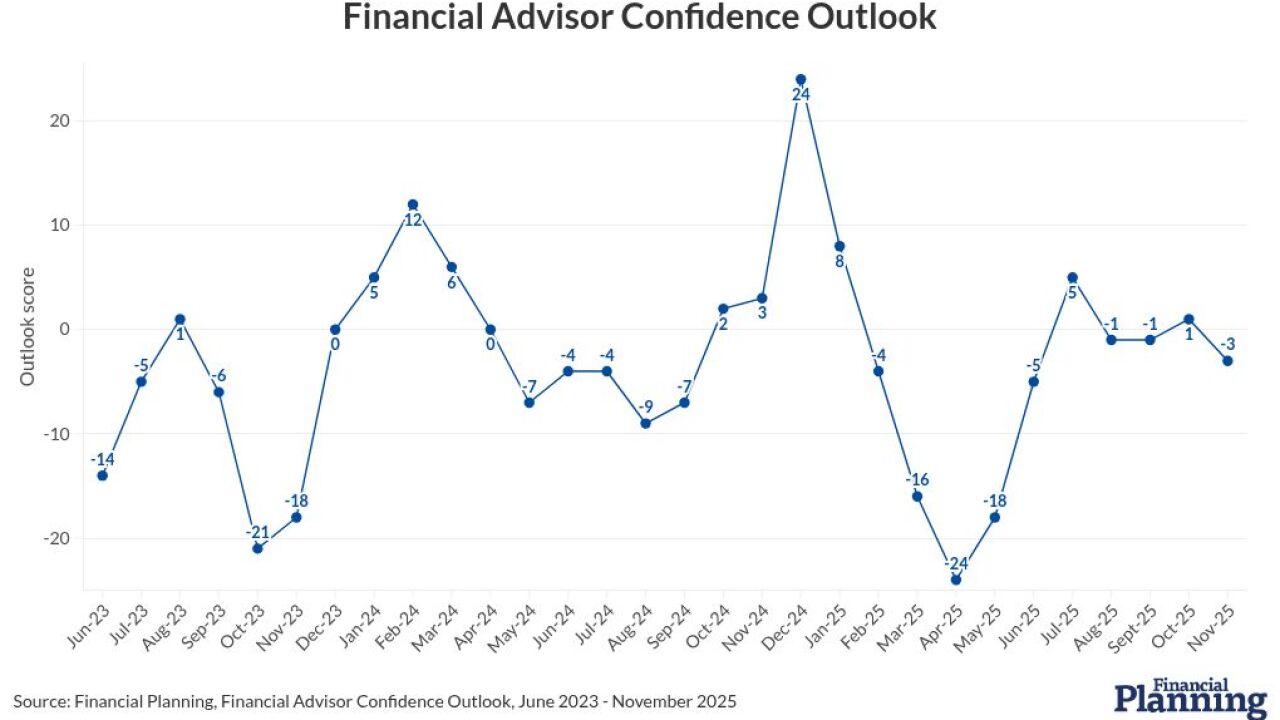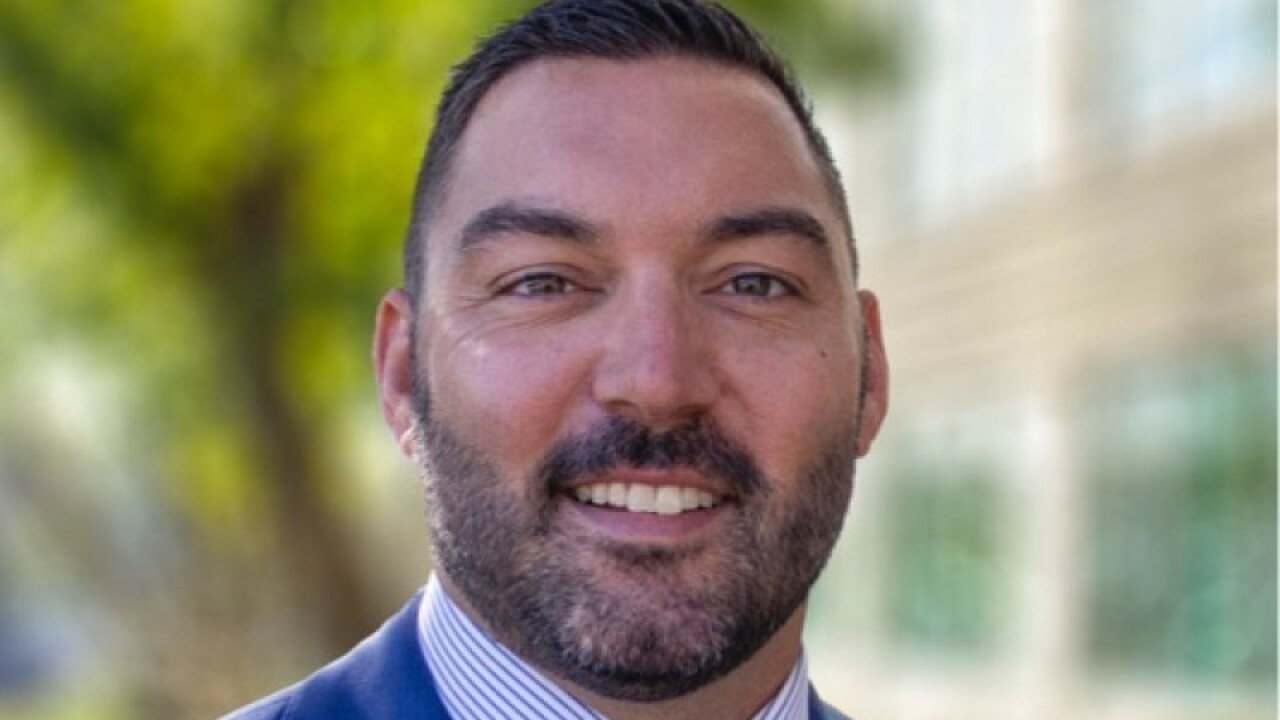(Bloomberg) -- The global bond rout intensified, sending two-year note yields above 1% for the first time since January, on speculation that the Federal Reserve will raise interest rates as Donald Trump tries to increase spending to boost the world's largest economy.
The yield on the benchmark 10-year note touched 2.3%, the highest level this year. The move marks a quick reversal — just four months ago, it touched a record-low 1.318%, surprising analysts who back in January predicted it would end the year at 2.75%.
The selloff wiped a record $1.2 trillion off the value of bonds around the world last week when Trump was elected U.S. president. Investors rotated into stocks, as global developed-market shares beat investment-grade debt by the most since 2011 amid concern fiscal stimulus will stoke inflation and lead the Fed to increase rates. Pimco said the central bank may move three times by the end of 2017.
"We are reaching a paradigm shift in the bond market," Matt Eagan, a money manager at Loomis Sayles, which oversees $245 billion, said in an interview with Bloomberg Television. "Trump's policies, at least taking them at face value right now, are inflationary at a time when the slack in the economy is actually tightening and we have very aggressive monetary policy."
Treasury two-year note yields jumped six basis points, or 0.06 percentage points, to 0.97%, according to Bloomberg Bond Trader data. They earlier rose as high as 1.01%. The 0.75% security due in October 2018 dropped 3/32, or $0.94 per $1,000 face amount, to 99 18/32.
U.S. 30-year bond yields rose six basis points to 3% and touched the highest level this year. Benchmark 10-year note yields jumped eight basis points to 2.23%.
The rise in yields "can continue — we are still at low rate levels," said Priya Misra, head of global rates strategy at TD Securities (USA), one of 23 primary dealers that trade with the Fed. "Another 25 to 50 basis points on the 10-year is possible."
Traders assign about a 92% probability to a Fed interest-rate increase in December, according to data compiled by Bloomberg based on fed funds futures, up from 80% a week ago. The calculation is based on the assumption the effective federal funds rate will trade at the middle of the new range after the central bank's next increase.
Stocks beat bonds by 4.8 percentage points last week, based on the MSCI World Index and the Bloomberg Barclays Global Aggregate Index. It was the biggest outperformance since December 2011.
"Long-term interest rates seem to be bottoming out," Pimco, which runs the world's biggest actively managed bond fund, said in a post on Twitter Nov. 11.
Investors should hold an underweight position in Treasuries, said Tuan Huynh, the Singapore-based chief investment officer for Asia and the Pacific at Deutsche Bank Wealth Management.
"The markets are clearly pricing in a big fiscal stimulus plan," Huynh said. "The Fed might need to react with stronger rate increases." The 10-year yield should be closer to 2.5% than 2% over the next 12 to 18 months, he said.
Rising U.S. yields are a buying opportunity, said Hideaki Kuriki, a debt investor in Tokyo at Sumitomo Mitsui Trust Asset Management, which oversees $76.6 billion. His Treasury holdings have a longer duration than those in the benchmark he uses to gauge performance, he said.
"If yields go up more, I will add long-duration securities," which will be mostly 30-year bonds, Kuriki said. "In the long term, deflation will continue, and I doubt Trump's policies will materialize." Ten-year yields may peak at 2.3% toward the end of the year, Kuriki said.
INFLATION SIGNS
While the outlook for inflation is picking up, costs have yet to match the Fed's target.
Five-year inflation swaps indicate traders expect costs to increase at a 2.04% pace, the highest level since September 2014. The swaps allow investors to exchange fixed interest rates for returns equivalent to a nation's consumer-price index.
The annual change in the price index for personal consumption expenditures has been less than 2% for years. The Fed identified this gauge in 2012 as the one it will use for its target.
Standard Chartered adjusted its forecast for 10-year Treasury yields to 3% at the end of 2017 from below 2% previously.
"Trump has introduced so much uncertainty — around the fiscal outlook, the outlook for foreign demand for Treasuries given his protectionism and his views on China, and uncertainty around the outlook for the Fed," said John Davies, an interest-rate strategist at Standard Chartered in London. "There's an uncertainty premium, rather than just expectations of much more Fed tightening," being priced in Treasuries, and "there's room for this to continue."





